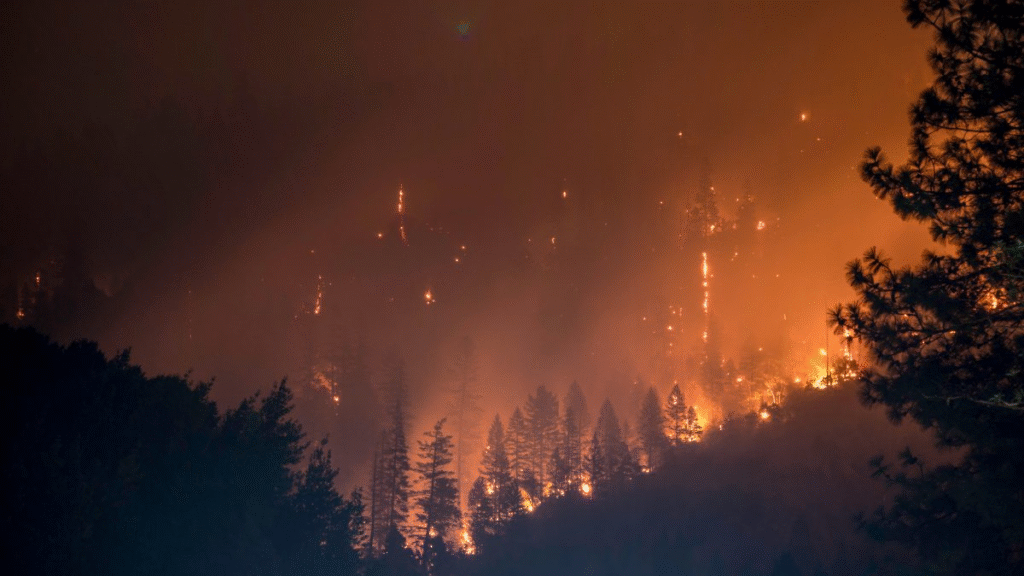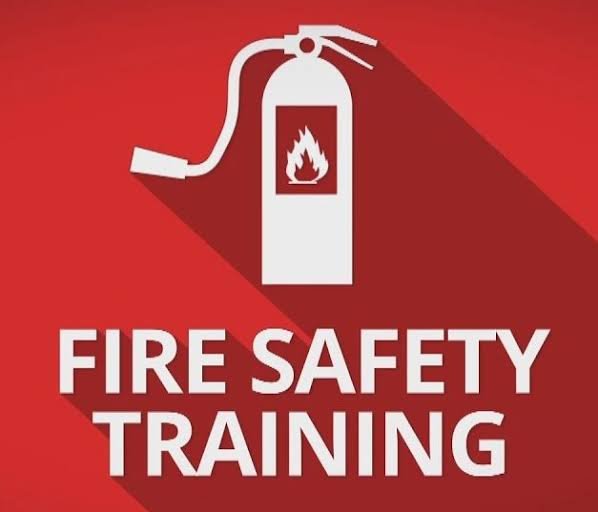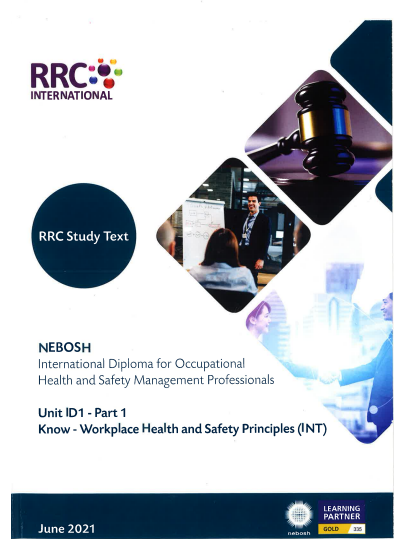Lessons Learned from the 2018 California Wildfire: Fire Safety Insights
The 2018 California wildfire season was catastrophic, leaving a deep scar on both the physical and emotional landscape of the state. With more than 8,500 fires scorching nearly 2 million acres of land, the season became one of the deadliest and most destructive in California’s history. The infamous Camp Fire alone caused the death of 85 people and reduced the town of Paradise to ashes. These tragic events prompted critical reflection on fire safety strategies, disaster preparedness, and long-term environmental resilience. In this blog, we explore in detail the lessons learned from these wildfires and how businesses, communities, and individuals can better safeguard lives and property in the future.

1. Early Warning and Communication Are Crucial
One of the biggest challenges in the 2018 wildfires was the delay and ineffectiveness of public alerts. Many residents were caught off guard, receiving evacuation notifications too late to leave safely.
Takeaway:
- Implement advanced alert systems like Wireless Emergency Alerts (WEA), reverse 911, and mobile applications.
- Ensure communication channels are tested regularly.
- Integrate multi-platform approaches (TV, radio, social media) for broader reach.
- Educate residents on how to interpret warnings and act accordingly.
2. Creating Defensible Space Around Property
Properties with defensible space had significantly higher survival rates. Vegetation close to buildings served as fuel, exacerbating the fires.
Takeaway:
- Clear at least 100 feet around structures.
- Remove dry leaves, brush, and flammable vegetation.
- Use fire-resistant landscaping and hardscaping.
- Regularly inspect and maintain the space year-round.
3. Fire-Resistant Construction Saves Lives
Structures built with non-combustible materials and designed with fire resistance in mind had a much better chance of withstanding the wildfires.
Takeaway:
- Adopt Wildland-Urban Interface (WUI) building codes.
- Use fire-rated roofs, ember-resistant vents, and tempered glass windows.
- Retrofit older buildings to meet modern fire safety standards.
- Educate contractors and homeowners about fire-resistant construction techniques.

4. Evacuation Plans Must Be Detailed and Practiced
In Paradise, many residents faced gridlock, unclear routes, and confusion, leading to preventable deaths.
Takeaway:
- Develop multiple evacuation routes and contingencies.
- Map out community-wide plans and update them regularly.
- Conduct annual drills with residents and local agencies.
- Provide clear signage and real-time traffic management during emergencies.
5. Strengthening Firefighting Resources
The fires outpaced response capabilities, highlighting the need for scalable and well-equipped emergency services.
Takeaway:
- Invest in aerial firefighting fleets and modern equipment.
- Hire and train additional personnel.
- Pre-position resources during high-risk periods.
- Coordinate with neighboring jurisdictions for mutual aid support.
6. Empowering Communities Through Preparedness
Community involvement proved to be a determining factor in survival rates. Those engaged in fire safety programs were more prepared.
Takeaway:
- Promote Firewise USA® and similar community programs.
- Hold regular workshops and neighborhood planning sessions.
- Distribute fire safety kits and resources.
- Encourage the formation of local emergency response teams.
7. Updating Utility Infrastructure
PG&E’s equipment was found to be the ignition source for the Camp Fire. Old, poorly maintained transmission lines can easily spark disasters.
Takeaway:
- Transition overhead lines to underground systems where feasible.
- Increase inspections and proactive maintenance of utility infrastructure.
- Implement Public Safety Power Shutoffs (PSPS) during extreme fire weather.
- Leverage smart grid technologies to detect faults early.
8. Recognizing Climate Change as a Risk Factor
The intensity and frequency of wildfires are increasing, driven by rising temperatures, prolonged droughts, and erratic weather patterns.
Takeaway:
- Integrate climate projections into fire risk assessments.
- Encourage sustainable land use and development practices.
- Support initiatives to reduce greenhouse gas emissions.
- Build long-term environmental resilience through reforestation and soil recovery.
Conclusion
The 2018 California wildfires were a wake-up call for the nation. They revealed vulnerabilities not only in emergency response systems but also in community awareness, infrastructure design, and climate adaptation. By learning from this tragedy and implementing comprehensive fire safety measures, we can create more resilient communities.
Everyone from government officials and urban planners to homeowners and business owners has a role in fire prevention and safety. Don’t wait for the next fire to act. Begin today.





